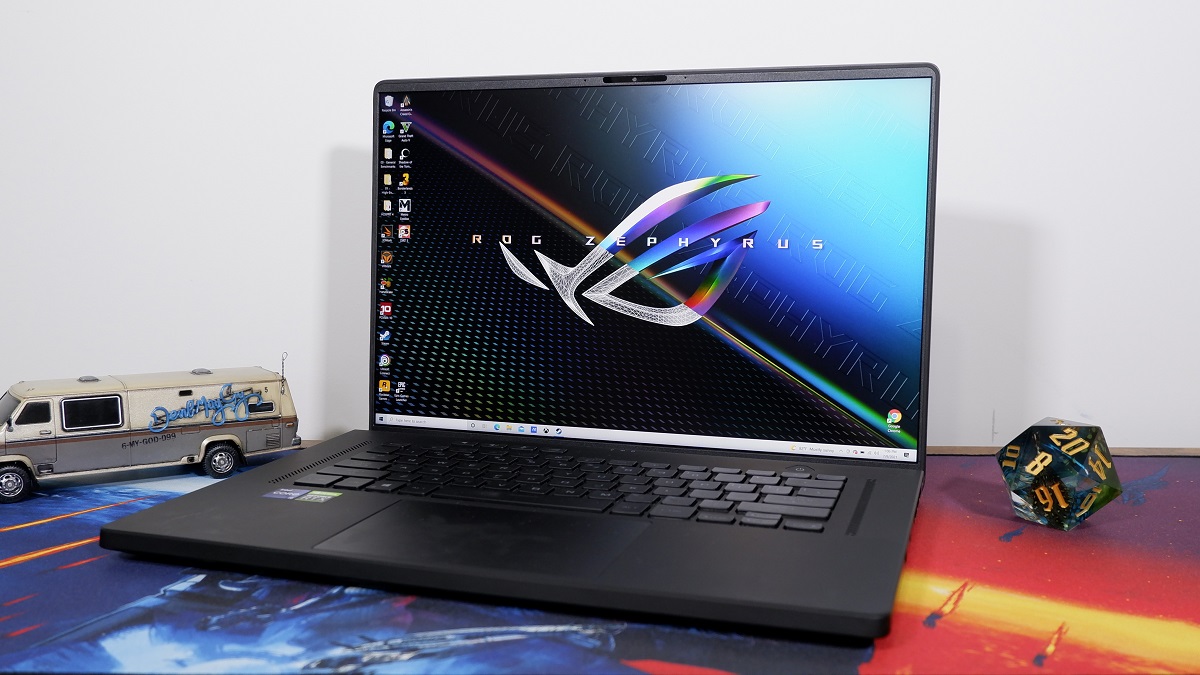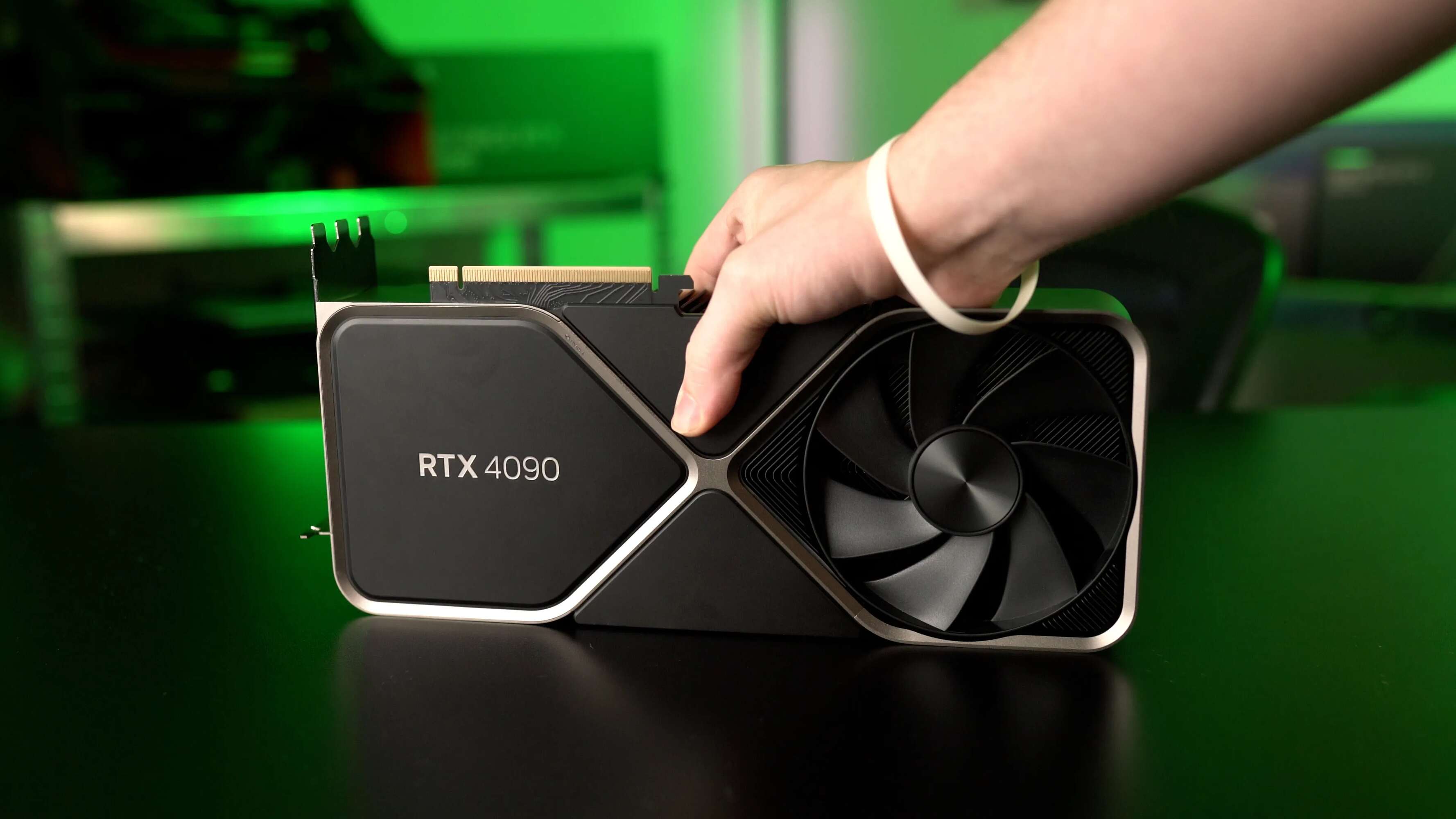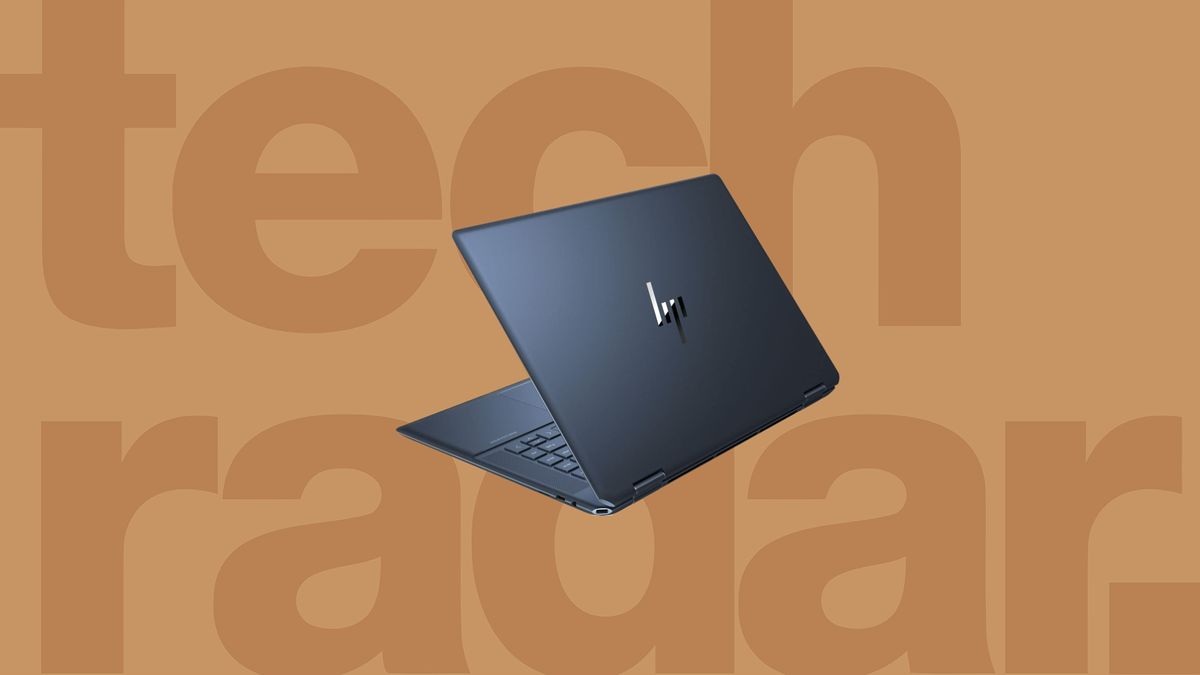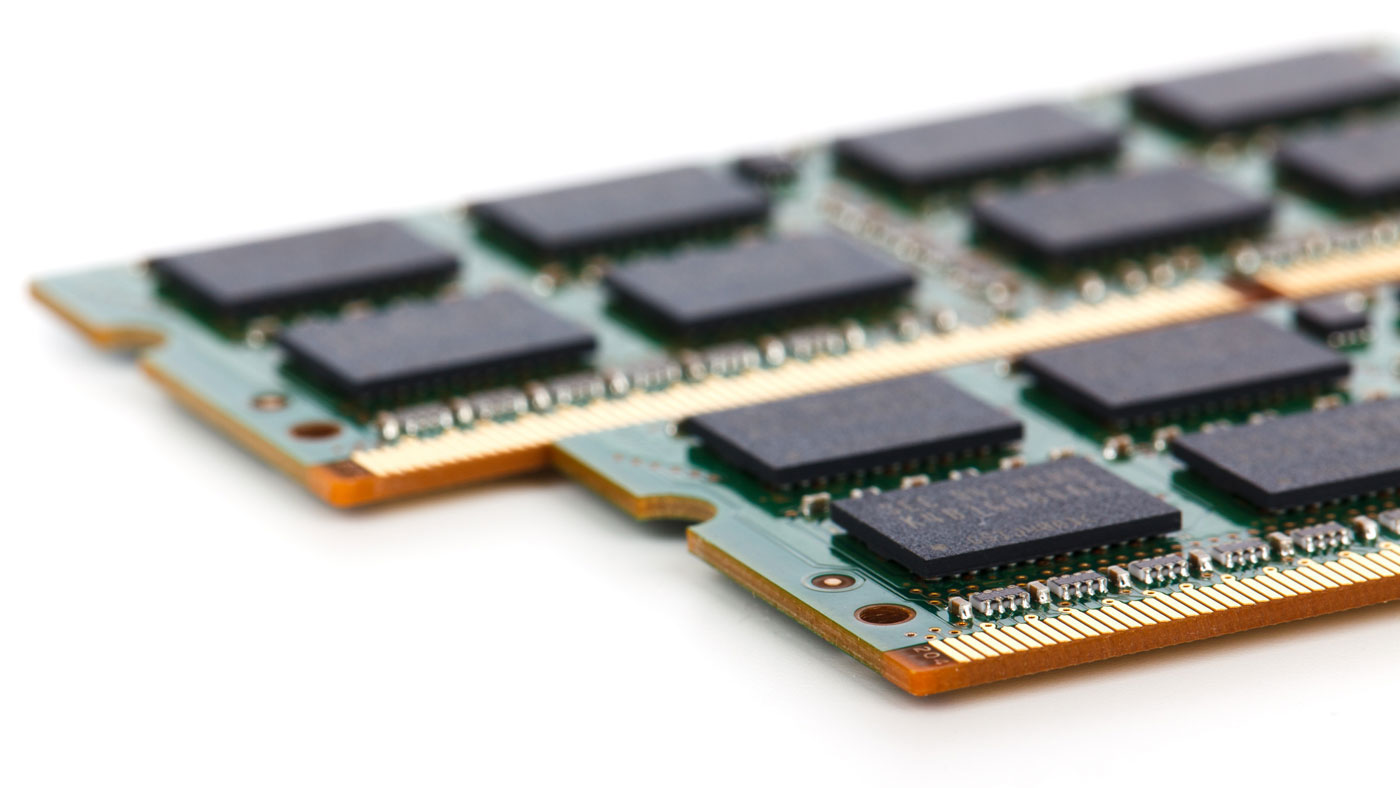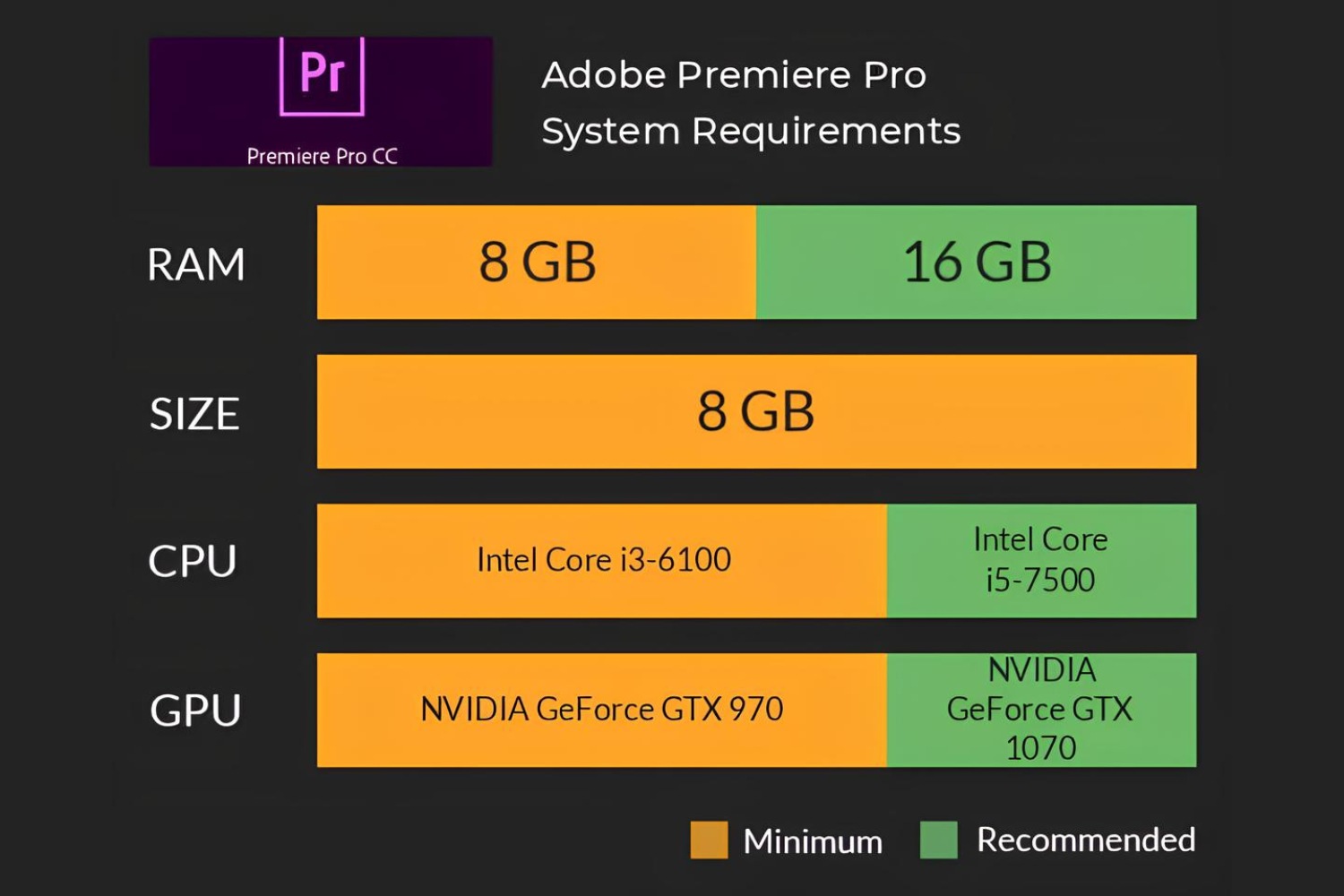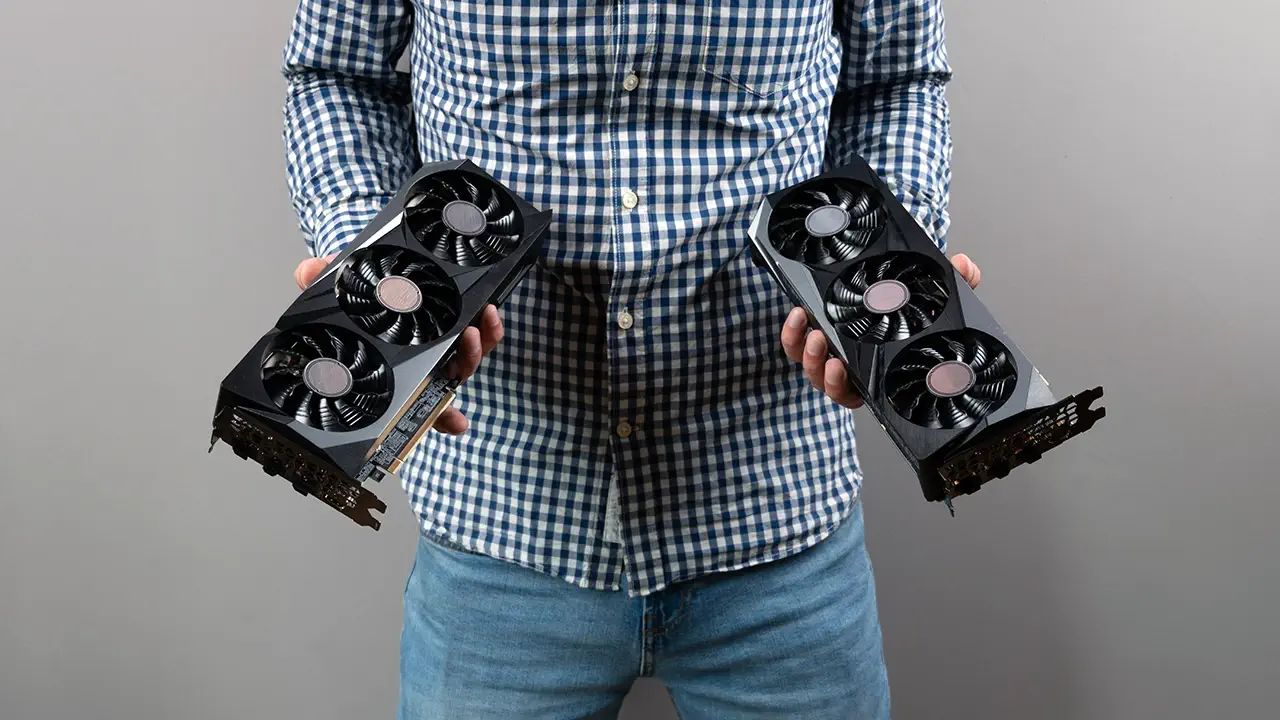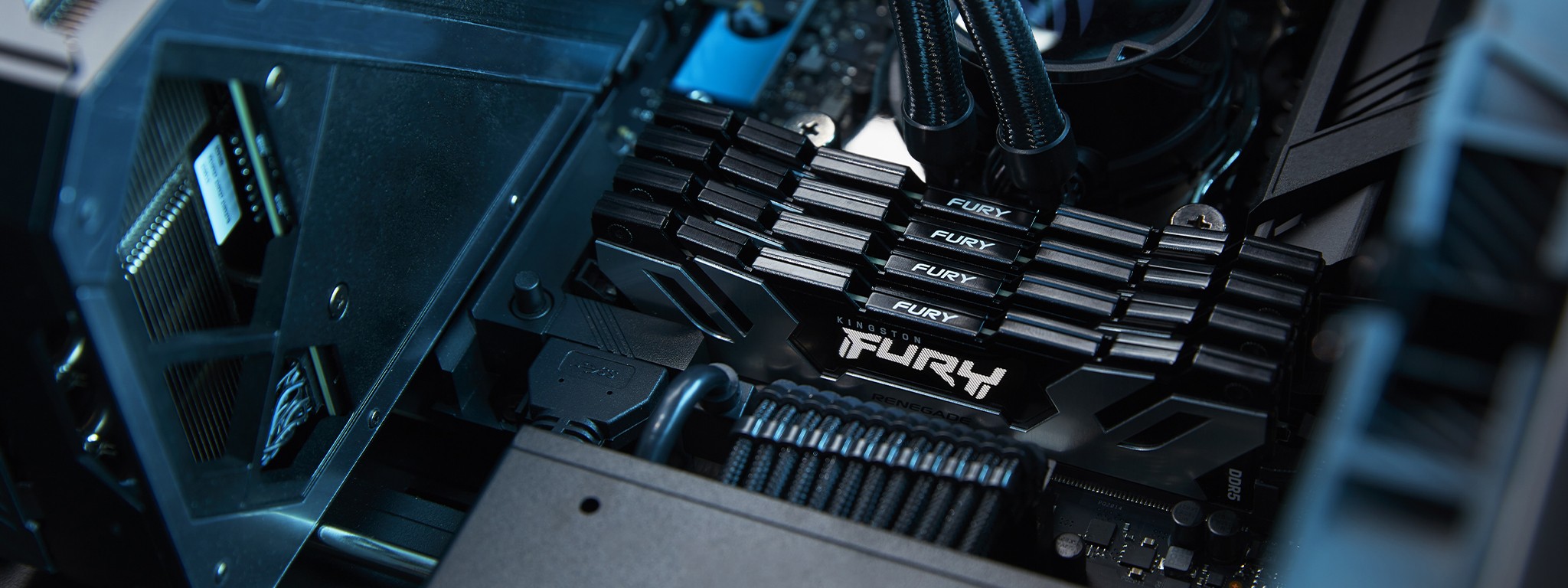Introduction
Dedicated Video RAM (VRAM) plays a crucial role in the performance and functionality of modern computing systems, particularly when it comes to handling graphic-intensive tasks. VRAM is a specialized type of memory that is exclusively allocated for use by the graphics processing unit (GPU) in a computer or other electronic devices. It is separate from the main system memory (RAM) and is responsible for storing and processing graphics-related data, such as textures, shaders, and frame buffers.
The advancements in computer graphics and the increasing demand for high-quality visuals have made dedicated VRAM an essential component in many applications, ranging from gaming and video editing to creative design and virtual reality (VR) experiences. Without a sufficient amount of VRAM, these tasks can become sluggish or even fail to perform adequately.
In this article, we will delve into the importance of dedicated video RAM and explore its significance in various graphic-intensive tasks. We will discuss how VRAM enhances gaming experiences, aids in video editing and rendering, facilitates creative design and animation work, and contributes to the immersive world of virtual reality and augmented reality. By the end of this article, you will have a clear understanding of the critical role that dedicated video RAM plays in enabling impressive graphics performance and delivering visually stunning experiences.
What is Dedicated Video RAM?
Dedicated Video RAM (VRAM) refers to the specialized memory in a computer or electronic device that is reserved exclusively for use by the graphics processing unit (GPU). It serves as a high-speed buffer between the GPU and the display, storing and managing the graphic data required for smooth and efficient rendering of images and videos.
Unlike the main system memory (RAM), which is shared by various components of the computer, dedicated VRAM is dedicated solely to the GPU. This separation allows the GPU to quickly access and manipulate the graphic data without hogging resources from other system operations.
VRAM is typically located on a separate chip on the graphics card or integrated within the GPU itself. It has much higher bandwidth and faster access times compared to system RAM, making it ideal for handling the heavy computational tasks involved in rendering and displaying high-resolution graphics.
The capacity of dedicated video RAM varies depending on the specific graphics card or device, ranging from a few hundred megabytes to several gigabytes. The amount of VRAM needed depends on the complexity and size of the images or videos being processed. More demanding applications, such as modern games or professional video editing software, require larger amounts of VRAM to ensure smooth performance.
In addition to storing the graphical data, dedicated VRAM also plays a crucial role in handling other related tasks, such as buffering and caching. It allows the GPU to pre-load and process textures, shaders, and frame buffers, enabling real-time rendering and reducing the latency between the GPU and the display.
Overall, dedicated video RAM is essential for optimal graphics performance in various applications, including gaming, video editing, animation, and virtual reality. It ensures that the GPU has fast and efficient access to the necessary data, resulting in smooth and visually stunning experiences.
Importance of Dedicated Video RAM
Dedicated Video RAM (VRAM) plays a vital role in the overall performance and functionality of a computer, especially when it comes to handling graphic-intensive tasks. Here are some key reasons why dedicated VRAM is important:
- Improved Graphics Performance: Dedicated VRAM provides the necessary resources for the graphics processing unit (GPU) to efficiently render and display high-resolution images and videos. It ensures smooth frame rates, reduces screen tearing, and minimizes stuttering, resulting in a more immersive and visually pleasing experience.
- Optimized Memory Management: By separating graphics-related data from the main system memory (RAM), dedicated VRAM allows for more efficient memory management. It enables the GPU to have fast and direct access to the graphic assets it needs, preventing bottlenecks and improving overall system performance.
- Texture and Shader Processing: VRAM is crucial for storing textures, which are essential for adding detail and realism to 3D models in games, animations, and simulations. The availability of dedicated VRAM ensures that textures and shaders can be quickly accessed and processed, resulting in enhanced visual quality and faster rendering times.
- Reduced System Impact: With dedicated VRAM, the GPU can handle graphic-intensive tasks without impacting the performance of other system processes. It allows for smoother multitasking, as the GPU can efficiently handle rendering and display tasks while other components, such as the CPU, can focus on their respective responsibilities.
- Support for Multiple Displays: Dedicated VRAM facilitates the use of multiple monitors or displays without compromising performance. Each display requires its own set of graphic data, and having a sufficient amount of VRAM ensures that the GPU can handle the increased workload, resulting in seamless multi-display experiences.
Overall, dedicated video RAM is of paramount importance when it comes to achieving optimal graphics performance and enabling visually captivating experiences. Its ability to handle the demands of modern games, video editing software, animations, and virtual reality applications makes it an essential component in any high-performance computing system.
Graphic Intensive Tasks
Graphic-intensive tasks, such as gaming, video editing, creative design, and animation, require a significant amount of processing power and dedicated video RAM (VRAM) to deliver smooth and visually stunning results. Let’s explore how dedicated VRAM enhances the performance and quality of these tasks:
- Gaming: Games today are more visually demanding than ever, with intricate 3D environments, realistic textures, and complex lighting effects. Dedicated VRAM ensures that the GPU has enough high-speed memory to store and access these assets, allowing for smooth gameplay, detailed graphics, and reduced loading times. Additionally, VRAM enables the use of anti-aliasing techniques, which eliminate jagged edges and improve image quality.
- Video Editing and Rendering: Video editing requires the manipulation of large video files, the addition of effects, and real-time previews. Dedicated VRAM enables smooth playback, ensures quick scrubbing through the timeline, and facilitates efficient rendering of the final video. With sufficient VRAM, video editing software can handle multi-layered compositions, apply complex effects, and process high-resolution footage without compromising performance.
- Creative Design and Animation: Designers and animators rely on dedicated VRAM to work with resource-intensive software like Adobe Photoshop, Illustrator, or 3D modeling applications. The availability of ample VRAM ensures that complex textures, brushes, and 3D models can be manipulated seamlessly. It also facilitates the rendering of high-quality and detailed visuals, enhancing the overall quality of the designs and animations produced.
- Virtual Reality (VR) and Augmented Reality (AR): VR and AR experiences demand real-time rendering of immersive environments and the overlay of virtual elements onto the real world. Dedicated VRAM is essential in providing the GPU with the required resources to handle the high frame rates needed for a smooth and immersive experience. It also aids in reducing motion sickness by minimizing latency and delivering responsive visuals.
These graphic-intensive tasks benefit greatly from dedicated VRAM as it enhances the performance, quality, and realism of the visuals. Whether it’s delivering breathtaking gaming experiences, enabling seamless video editing, empowering creative design workflows, or immersing users in virtual and augmented reality, dedicated VRAM plays a crucial role in transforming ideas and content into visually compelling and engaging results.
Gaming
Gaming has become a popular form of entertainment, pushing the boundaries of graphics and demanding powerful hardware to deliver immersive experiences. Dedicated video RAM (VRAM) plays a critical role in enhancing the gaming performance and visual quality. Here’s how VRAM benefits gaming:
- Higher Texture Quality: VRAM allows for the storage and quick retrieval of detailed textures, resulting in enhanced in-game visuals. With a sufficient amount of VRAM, games can use high-resolution textures, creating more realistic and visually appealing environments.
- Smooth Gameplay: VRAM enables the GPU to store and access game assets such as character models, animations, and level geometries. This allows for faster rendering and loading times, reducing stuttering, and ensuring smooth gameplay without interruptions or lag.
- Increased Frame Rates: VRAM plays a crucial role in rendering and displaying each frame in a game. Having dedicated VRAM allows the GPU to access and process data quickly, resulting in higher frame rates and a more fluid gaming experience.
- Advanced Graphics Effects: Many games employ advanced rendering techniques such as anti-aliasing, shadow maps, and dynamic lighting effects. These effects require significant GPU processing power and VRAM capacity to store and manipulate the necessary data, allowing for stunning and realistic graphics.
- Multi-Monitor Setup: Dedicated VRAM supports multi-monitor gaming setups, where games can be displayed across multiple screens simultaneously. With adequate VRAM, gamers can enjoy an immersive gaming experience that spans across a larger field of view, enhancing the overall visual immersion.
- Virtual Reality (VR) Gaming: VR games demand even more computational power, as they require rendering two distinct views at high frame rates for each eye. Dedicated VRAM ensures that the GPU has the necessary resources to render the VR world smoothly and accurately, minimizing latency and motion sickness.
In summary, dedicated VRAM is vital for gaming as it facilitates higher texture quality, smoother gameplay, increased frame rates, advanced graphical effects, multi-monitor setups, and immersive virtual reality experiences. Gamers can enhance their gaming experience by ensuring their systems have a sufficient amount of dedicated VRAM to handle the demands of modern games and enjoy stunning visuals and smooth performance.
Video Editing and Rendering
Video editing and rendering demand significant computational power and dedicated video RAM (VRAM) to process and manipulate large video files efficiently. Here’s why VRAM is crucial in the world of video editing and rendering:
- Smooth Playback and Scrubbing: With ample VRAM, video editing software can load and play back high-resolution video files without skipping frames or experiencing lag. It allows for smooth scrubbing through the timeline, enabling editors to precisely navigate and edit footage.
- Real-Time Previews: VRAM facilitates real-time previews of effects, transitions, and color corrections applied to the video. It allows editors to see the changes instantly, making the editing process more efficient and ensuring accurate adjustments.
- Efficient Rendering: Rendering is a CPU and GPU-intensive process that converts the edited footage into its final format. Dedicated VRAM improves rendering speed by storing frequently accessed assets such as frames, effects, and graphics, ensuring faster and more efficient processing.
- Multi-Layered Composition: Many video editing projects involve working with multiple video layers, graphics, and effects. Adequate VRAM capacity ensures that the GPU can handle the large amount of data associated with these complex projects, preventing performance bottlenecks and reducing rendering times.
- High-Resolution Projects: VRAM is particularly crucial when working with high-resolution video formats, such as 4K or even 8K. These formats require a significant amount of VRAM to store and process the vast number of pixels, ensuring smooth playback and efficient rendering.
- Special Effects and Color Grading: Video editing often involves adding special effects, compositing elements, and performing color grading. Dedicated VRAM provides the GPU with the resources needed to apply these effects and adjustments in real-time, allowing editors to see the results instantly without sacrificing performance.
In summary, dedicated VRAM significantly enhances the video editing and rendering process by enabling smooth playback, real-time previews, efficient rendering, seamless handling of multi-layered compositions, support for high-resolution projects, and real-time application of special effects and color grading. Having sufficient VRAM ensures that video editors can work with larger and more complex projects without experiencing performance issues, resulting in faster and more efficient video production.
Creative Design and Animation
Creative design and animation require powerful hardware and dedicated video RAM (VRAM) to work with resource-intensive software and create visually stunning projects. Here’s why VRAM is essential in the world of creative design and animation:
- Handling Large Files: Designers and animators often work with large files that contain high-resolution images, 3D models, and complex vector graphics. Ample VRAM allows for the smooth loading and manipulation of these files, ensuring that artists can work without significant delay or performance degradation.
- Real-Time Manipulation: VRAM enables real-time manipulation of design elements, such as brushes and textures, allowing designers and animators to see immediate feedback as they make adjustments and modifications. This instant feedback is crucial for maintaining a creative flow and producing accurate and precise designs and animations.
- Rendering Quality and Detail: Dedicated VRAM ensures that the GPU has sufficient resources to render images and animations at high resolutions and with intricate details. This improves the visual quality of the final output, resulting in more polished and professional-looking designs and animations.
- Faster Rendering Times: VRAM plays a crucial role in rendering complex scenes and animations. It allows the GPU to store and access the assets required for rendering, reducing the time it takes to generate the final output. With adequate VRAM, designers and animators can achieve faster rendering times, enabling them to meet tight deadlines and work more efficiently.
- Support for Advanced Effects: Design and animation software often offer advanced effects and features, such as realistic lighting, dynamic simulations, particle systems, and advanced shaders. Dedicated VRAM supports the computational requirements of these effects, allowing designers and animators to visualize and incorporate them into their work seamlessly.
- Reduced Lag and Latency: With ample VRAM, creative professionals can experience reduced lag and latency in their design and animation software. This helps maintain a smooth and responsive workflow, allowing for quick and precise interactions with the design elements and enhancing the overall productivity.
In summary, dedicated VRAM is essential for creative designers and animators as it enables the handling of large files, real-time manipulation of design elements, rendering high-quality outputs, reducing rendering times, supporting advanced effects, and providing a lag-free and responsive workflow. Having sufficient VRAM allows artists to unleash their creativity, work with complex projects, and produce visually stunning designs and animations.
Virtual Reality (VR) and Augmented Reality (AR)
Virtual Reality (VR) and Augmented Reality (AR) are transforming the way we interact with digital content and immersive experiences. These technologies rely heavily on dedicated video RAM (VRAM) to deliver seamless and immersive virtual worlds. Here’s why VRAM is crucial in the realm of VR and AR:
- Real-Time Rendering: VR and AR require real-time rendering of highly immersive and interactive virtual environments or the overlay of virtual elements onto the real world. Dedicated VRAM ensures that the GPU has the resources to render and display these complex scenes, allowing for smooth and responsive visuals.
- Reduced Latency: VR and AR experiences demand minimal delay between user interaction and visual feedback to prevent motion sickness and create a convincing sense of presence. Ample VRAM helps reduce latency by allowing the GPU to quickly process and display the required visuals, ensuring an immersive and lag-free experience.
- High Frame Rates: To maintain a comfortable and realistic VR or AR experience, high frame rates are essential. With dedicated VRAM, the GPU can handle the demanding task of rendering two distinct views (one for each eye) at high frame rates, resulting in smooth and visually fluid experiences.
- Complex Textures and Models: VR and AR applications often rely on complex textures, 3D models, and visual effects to create realistic and engaging virtual environments. Ample VRAM capacity enables the storage and quick retrieval of these assets, allowing for detailed and visually stunning visuals.
- Multi-Sensory Experiences: In addition to visuals, VR and AR technologies incorporate other sensory inputs such as audio and haptic feedback. Dedicated VRAM helps in seamlessly integrating these components, ensuring synchronized and immersive multi-sensory experiences.
- Intuitive User Interfaces: VR and AR interfaces require responsive and intuitive gestures and interactions. Sufficient VRAM enables accurate detection and tracking of user inputs, contributing to a seamless and natural user experience.
In summary, dedicated VRAM is instrumental in delivering exceptional virtual reality and augmented reality experiences. By enabling real-time rendering, reducing latency, supporting high frame rates, handling complex visuals, facilitating multi-sensory experiences, and providing intuitive user interfaces, VRAM plays a vital role in creating immersive and captivating virtual worlds.
Conclusion
Dedicated Video RAM (VRAM) is a crucial component in modern computing systems, especially for handling graphic-intensive tasks. Whether it’s gaming, video editing, creative design, or virtual reality experiences, VRAM significantly enhances performance and visual quality.
In gaming, VRAM allows for higher texture quality, smooth gameplay, increased frame rates, advanced graphical effects, and support for multi-monitor setups and virtual reality gaming.
For video editing and rendering, VRAM enables smooth playback, real-time previews, efficient rendering, seamless handling of multi-layered compositions, and support for high-resolution projects, resulting in faster and more efficient video production.
In the realm of creative design and animation, VRAM facilitates the handling of large files, real-time manipulation, rendering quality and detail, faster rendering times, support for advanced effects, and reduced lag and latency, empowering designers and animators to unleash their creativity and produce visually stunning designs and animations.
Additionally, in virtual reality (VR) and augmented reality (AR) applications, VRAM ensures real-time rendering, reduced latency, high frame rates, handling of complex textures and models, support for multi-sensory experiences, and intuitive user interfaces, resulting in truly immersive and captivating virtual worlds.
It is crucial to have a sufficient amount of dedicated VRAM to meet the demands of these graphic-intensive tasks, ensuring smooth performance, optimal visual quality, and an immersive user experience.
With the continuous advancement of graphics technologies and the increasing demand for high-quality visuals, the significance of dedicated VRAM will only continue to grow. As users strive for more realistic and visually stunning experiences, having ample VRAM will be essential for unlocking the full potential of their computing systems.









